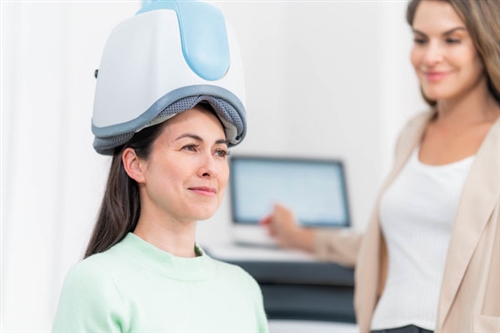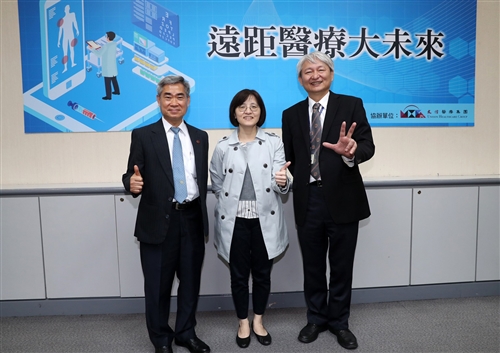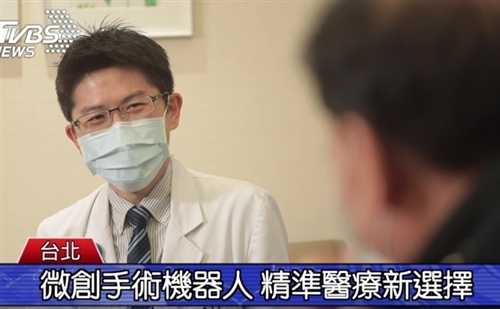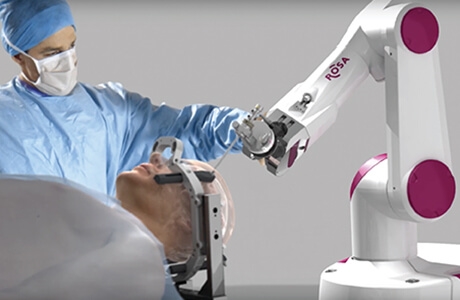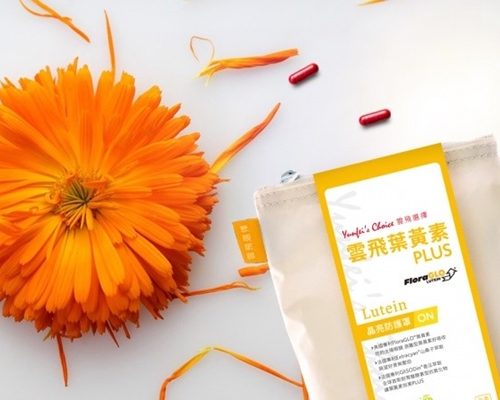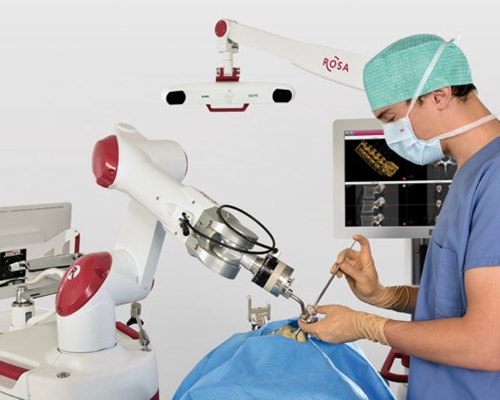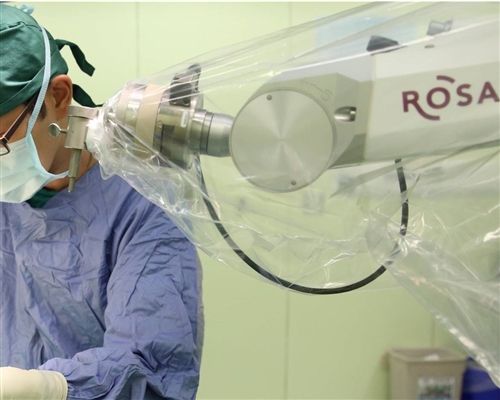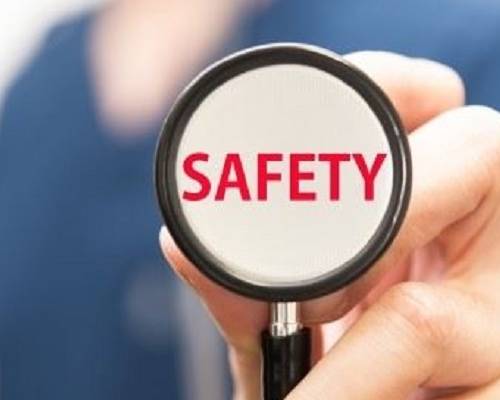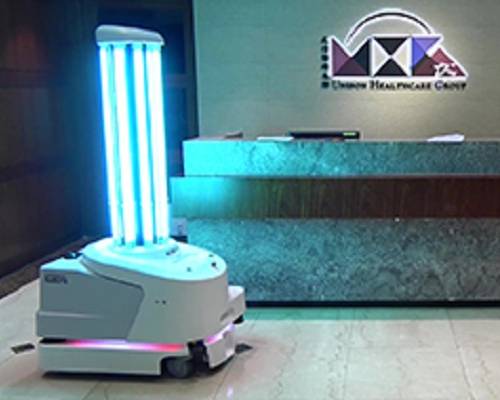No one could imagine that a simple bone fracture would lead to the loss of a precious life! Senior Vice President of Unison Healthcare Group (UHG) and General Manager of the Medical Supplies Business Unit Albert Ritzer’s brother received surgery in Germany due to an accidental bone fracture which ultimately led his death from infection (also known as nosocomial infection, healthcare-associated infection (HAI)). This strengthened UHG President Shih Chi-Tao’s resolve in implementing his belief of “clean precision medicine” in hospitals. He hoped to steer the group’s efforts in this direction to prevent the loss of precious life by maintaining clean hospitals and effectively managing nosocomial infections.
Clean and Precision Medicine: Enhancing management of nosocomial infection, decreasing risk of infection for patients
Executive Director Albert Chung of New Product Development at UHG expressed that he was deeply moved by the group’s decision to implement “clean precision medicine” as it is relevant to the group’s 3 major characteristics of “compassion, change, and inspiration”. He believes that nosocomial infection management can be improved to reduce the probability of accidents and prevent these types of incidents from occurring. The will to “do something” gave UHG the resolve to promote this type of technology.
“Precision medicine” has been widely discussed in modern medical science as it utilizes the best technology and equipment to give patients precision treatment. However, the invisible threat of nosocomial infection looms over all patients who enter medical environments; therefore, the primary goal of UHG in promoting clean precision medicine is effective healthcare in addition to allowing medical personnel to give patients the best medical treatments within clean environments. This removes any potential risks and threat of death.
Albert Chung mentions that according to the U.S. Center of Disease Control (CDC) and their investigation of hospitals, 75,000 patients die annually from healthcare-associated infections (HAI), meaning 1 in 25 patients are under risk of nosocomial infection.
According to statistics from hospitals across the U.S., 98,987 patients die annually from HAI, hospitalized patients have a 5% risk of HAI, and approximately 1.7 million patients are affected annually. This accounts for $35 billion in annual healthcare expenditures and 9.4% of all medical expenditures of hospitalized patients; additionally, every additional patient affected by nosocomial infection will extend their hospitalization by an average of 17.6 days.
Similarly in Europe, 4 million patients are impacted by HAI annually; of these, 37,000 deaths are directly caused by HAI while 110,000 patients also suffer indirectly from accelerated death. It is estimated that medical institutions spend 7 billion euros annually in medical expenditures to eliminate HAI; even advanced Nordic countries such as Denmark has 50,000 patients who suffer from HAI annually, accounting for 7~10% of all patients.
In contrast, Asian countries are relatively conservative when it comes to issues relating to nosocomial infection. Taiwan also lacks statistics, but a 2005 clinical study stated that each case of nosocomial infection in Taiwan extends hospitalization by 15 days, increasing medical expenditures for each patient by more than NT $127,000, according to Chung Yuan-Fu.
According to a study published in a 2013 issue of American Journal of Infection Control, manual disinfection by wiping is not completely effective as it only provides a cleaning rate of 48%, leaving 40% in insufficient disinfection that can increase patient’s risk of infection.
UHG Implements Robots to Replace Manual Labor, Enhancing Management of Nosocomial Infection
“In reality, enhancing management of nosocomial infection can reduce other medical expenditures as well as prevent additional future spending of resources, labor, using more hospital beds; it provides effective medical efficiency, but these types of assessments must be proven in time.” He emphasized that UHG is striving for revolutionary change in Taiwan’s healthcare market by replacing manual labor with robots, including equipment such as robotic arms and UVD Robot These will provide a new option to supplement any inefficiencies and hopefully assist hospitals in achieving better management of nosocomial infection.
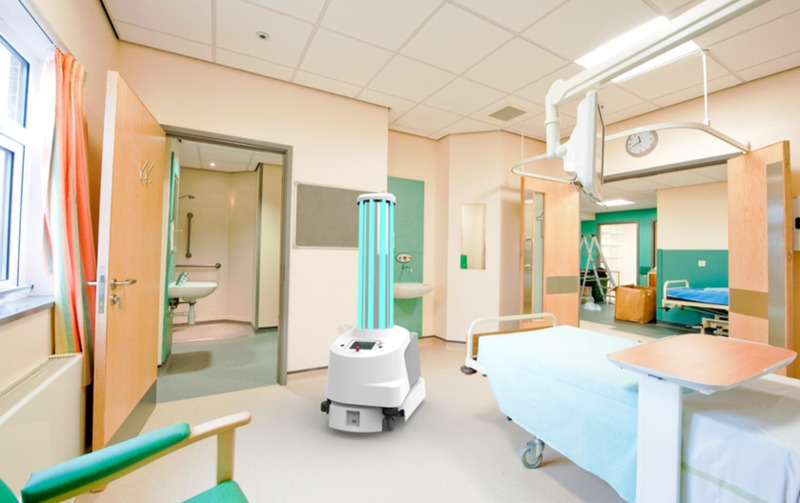
Albert Chung explains that UVD Robot is similar to self-driving cars in the sense that you can set their movement paths. They can be utilized in key areas of nosocomial infection within hospitals such as severe trauma intensive care wards, operating theaters, quarantine wards, burn centers, or organ transplant wards, or even general wards without requiring any contact. Humans are the largest vectors of disease transmission and many contact surfaces will cause bacteria and invisible killers to be transmitted via people. Within hospitals, patients are the weakest group of people who require the most protection; a safer, cleaner space achieved through autonomous robot disinfection can be greatly beneficial in this area.
He provides further explanation on how the biggest issues and blind spots of traditional UV disinfection is the inability to verify effectiveness. Current methods of UV disinfection are implemented at fixed points. Since the effects of disinfection are correlated to distance, this may also cause barrier effects; autonomous, mobile robots can disinfect areas dynamically and maximize disinfection on all contact surfaces while also only requiring 10 to 15 minutes to complete the effect of traditional UV disinfection that require 2 to 8 hours. This allows more effective management of nosocomial infection through enhanced disinfection, anti-bacterial capabilities, quality.
UHG is currently in collaboration with a hospital to initiate clinical trials in intensive care units and operating rooms. The study will research the effect of dynamic UV robots and their ability to manage infections. The 6-month long study will be the first domestic research report in this field.


![[UHG Medical News] Utilizing Professional Data Technology to Decrease the Potential Risk of Nosocomial Infection and Enhancing Protections for Taiwan’s Healthcare System](/uploads/c17b579e582146b2bb12f9ba27dfa7da.jpg)
